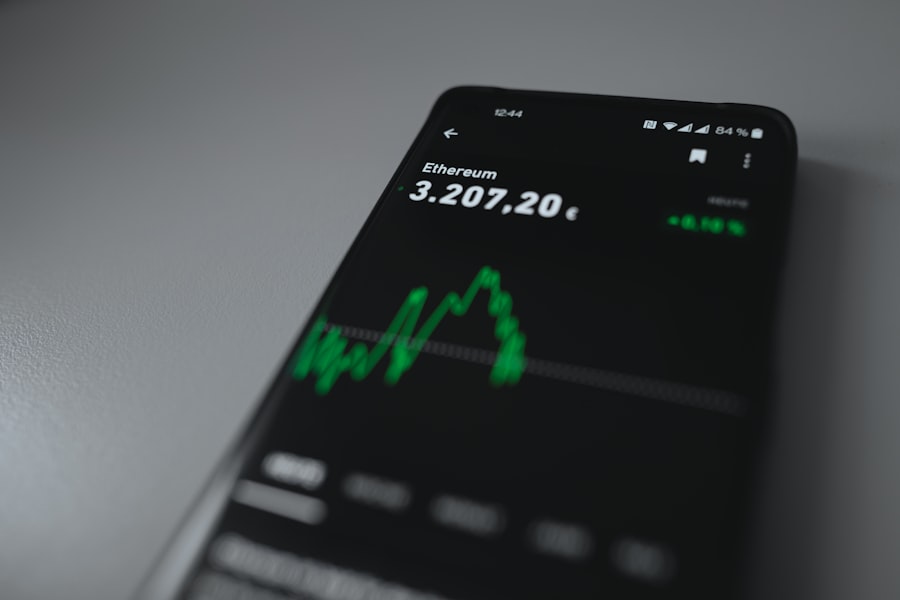A Demat account, short for “dematerialized account,” serves as a digital repository for holding securities such as stocks, bonds, and mutual funds in an electronic format. This system was introduced in India in 1996 to facilitate the trading of securities without the need for physical certificates, which were often cumbersome and prone to loss or damage. The primary purpose of a Demat account is to simplify the process of buying, selling, and holding securities, making it more efficient and secure for investors.
The transition from physical to electronic securities has revolutionized the investment landscape. With a Demat account, investors can easily track their holdings, view transaction history, and manage their portfolios through online platforms. This digital format not only enhances security but also reduces the time and effort involved in trading.
For instance, when an investor buys shares, they are credited directly to their Demat account, eliminating the need for physical delivery. This seamless process has made investing more accessible to a broader audience, encouraging participation in the stock market.
Choosing the Right Demat Account Provider
Selecting the right provider for a Demat account is crucial for ensuring a smooth investment experience. Various financial institutions, including banks and brokerage firms, offer Demat services, each with its own set of features, fees, and customer support. When evaluating potential providers, it is essential to consider factors such as account opening charges, annual maintenance fees, transaction costs, and the quality of customer service.
A transparent fee structure can significantly impact an investor’s overall returns, making it vital to compare different options before making a decision. In addition to fees, the technological capabilities of the provider should also be assessed. A user-friendly online platform or mobile application can enhance the trading experience by providing real-time market data, research tools, and easy access to account management features.
Furthermore, the reputation of the provider in terms of reliability and security is paramount. Investors should look for providers with a strong track record and positive reviews from existing customers. By carefully weighing these factors, investors can choose a Demat account provider that aligns with their investment goals and preferences.
Opening a Demat Account

The process of opening a Demat account is relatively straightforward but requires careful attention to detail. To initiate the process, an investor must gather necessary documents such as proof of identity (like an Aadhaar card or passport), proof of address (utility bills or bank statements), and a passport-sized photograph. Most providers offer an online application process that allows investors to submit these documents digitally, streamlining the onboarding experience.
Once the application is submitted, the provider will verify the documents and may conduct a KYC (Know Your Customer) process to ensure compliance with regulatory requirements. This verification typically takes a few days, after which the investor will receive their unique Demat account number. It is essential for investors to keep this number secure, as it is required for all transactions involving their securities.
After the account is activated, investors can link it with their trading account to facilitate seamless buying and selling of securities.
Managing Your Demat Account
| Metrics | Data |
|---|---|
| Number of Demat Accounts | 10 million |
| Demat Account Charges | Annual maintenance fee, transaction charges |
| Types of Investments | Equities, mutual funds, bonds, ETFs |
| Dematerialization Time | 7-15 days |
| Demat Account Benefits | Safe and convenient way to hold securities, easy transfer of securities |
Effective management of a Demat account is crucial for maximizing investment returns and minimizing risks. Investors should regularly monitor their holdings to stay informed about market trends and changes in the value of their investments. Many providers offer online platforms that allow users to track their portfolios in real-time, providing insights into performance metrics such as gains or losses over specific periods.
In addition to monitoring performance, investors should also be proactive in managing their asset allocation. This involves periodically reviewing the composition of their portfolio and making adjustments based on changing market conditions or personal financial goals. For instance, if an investor’s risk tolerance changes or if they wish to diversify their holdings further, they may decide to sell certain securities and invest in others.
Keeping abreast of market news and economic indicators can aid in making informed decisions about when to buy or sell assets.
Trading and Investing through Demat Accounts
Trading through a Demat account offers several advantages that enhance the overall investment experience. One of the most significant benefits is the ability to execute trades quickly and efficiently through online platforms. Investors can place buy or sell orders at any time during market hours without the delays associated with traditional methods of trading.
This immediacy can be particularly advantageous in volatile markets where prices fluctuate rapidly. Moreover, a Demat account allows for easy diversification of investments across various asset classes. Investors can hold not only stocks but also bonds, exchange-traded funds (ETFs), and mutual funds within the same account.
This flexibility enables investors to create a well-rounded portfolio that aligns with their risk tolerance and investment objectives. Additionally, many brokerage firms provide research tools and market analysis that can assist investors in making informed decisions about their trades.
Avoiding Common Mistakes in Demat Account Management

While managing a Demat account can be straightforward, several common pitfalls can hinder an investor’s success. One frequent mistake is neglecting to keep track of transaction fees associated with buying and selling securities. These costs can accumulate over time and significantly impact overall returns if not monitored closely.
Investors should familiarize themselves with their provider’s fee structure and consider how these costs affect their trading strategies. Another common error is failing to diversify investments adequately. Concentrating too much capital in a single stock or sector can expose investors to higher risks if that particular investment underperforms.
A well-diversified portfolio spreads risk across various assets, reducing the potential impact of any single investment’s poor performance. Regularly reviewing and rebalancing the portfolio can help maintain an appropriate level of diversification.
Leveraging Technology for Demat Account Management
In today’s digital age, technology plays a pivotal role in managing Demat accounts effectively. Many providers offer advanced online platforms equipped with features such as real-time market data, analytical tools, and automated alerts for price changes or significant market events. These tools empower investors to make informed decisions quickly and efficiently.
Mobile applications have also transformed how investors interact with their Demat accounts. With just a few taps on their smartphones, investors can execute trades, monitor their portfolios, and access research reports from anywhere at any time. This level of convenience allows for greater flexibility in managing investments and responding promptly to market changes.
Additionally, some platforms offer educational resources that help investors enhance their knowledge about trading strategies and market dynamics.
Maximizing the Benefits of Demat Accounts
To fully leverage the advantages offered by Demat accounts, investors should adopt a proactive approach to their investment strategies. One effective method is to set clear financial goals that guide investment decisions. Whether aiming for long-term wealth accumulation or short-term gains, having defined objectives helps investors stay focused and disciplined in their trading activities.
Furthermore, staying informed about market trends and economic developments is essential for making timely investment decisions. Regularly reading financial news, following market analysts on social media platforms, and participating in investment forums can provide valuable insights into potential opportunities or risks. By combining knowledge with effective management practices—such as diversification and regular portfolio reviews—investors can maximize the benefits of their Demat accounts while minimizing risks associated with market fluctuations.
In conclusion, understanding how to navigate the world of Demat accounts is crucial for anyone looking to invest in securities effectively. From choosing the right provider to leveraging technology for efficient management, each step plays a vital role in achieving investment success. By avoiding common mistakes and staying informed about market dynamics, investors can harness the full potential of their Demat accounts to build wealth over time.
FAQs
What is a Demat Account?
A Demat account, short for dematerialized account, is an electronic account that holds stocks, bonds, exchange-traded funds, and other securities in electronic form.
How does a Demat Account work?
When you buy or sell securities, the transactions are processed electronically and the securities are credited or debited from your Demat account accordingly.
What are the benefits of using a Demat Account?
Some benefits of using a Demat account include easy and convenient access to your securities, reduced paperwork, and the ability to trade and invest in a wide range of securities.
How can I use a Demat Account like a pro?
To use a Demat account like a pro, it’s important to stay updated on market trends, conduct thorough research before making investment decisions, and regularly review your portfolio to make necessary adjustments. Additionally, it’s important to stay informed about any changes in regulations and market conditions.









